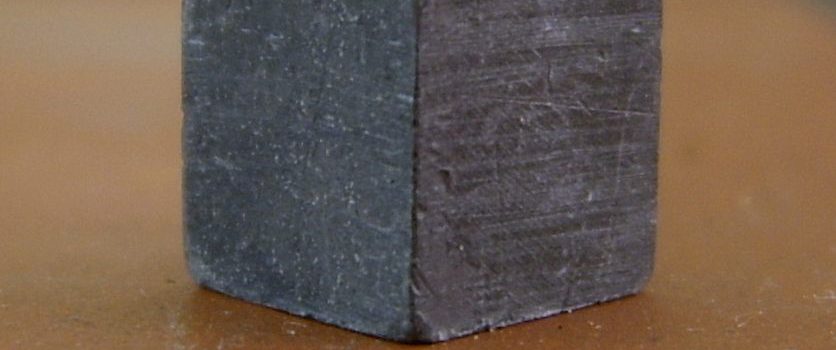Every year approximately 3.85 billion gallons of coffee is consumed in the US alone. That amount of coffee comes out to a total industry value of $48 billion dollars (62% of which goes to Starbucks and Dunkin’ Donuts). The United States alone imports more than 1.2 million tons of beans—over three times more than China, Russia and Australia combined. In the world market, coffee is the second most traded commodity on Earth, behind crude oil, and this trade shows no signs of slowing down. However, while coffee is wonderful for breakfast and for work, its production history is problematic.
Coffee was brought to the West in the 1600s after being discovered in Ethiopia the 11th Century and refined in Arabia a few years later. The popularity of coffee came at an unfortunate time, due to another thing being very popular in Europe at the time…colonialism. The rising demand for coffee led to an exponential increase in the number of coffee plantations all across the world, creating higher demand for slaves and more land, and resulting in the deforestation of much of southern Brazil and the human rights abuses that always accompany slavery.
While that was the scene of coffee production a few hundred years ago, the scene has changed less than you would think. Many problems with coffee production still exist today, including working conditions analogous to slavery, mass deforestation for farmland and even animal exploitation. Environmentally speaking, some forms of coffee production, such as sun-cultivation coffee, are very industrious but also rapidly strip the soil of nutrients and destroy local biodiversity when practiced.
Fortunately, steps can be taken to make sure that America’s most popular drink comes from a less cruel place…
-
Check for “Fair Trade” Coffee Beans. While initially started to help coffee farmers in developing nations get ahead and make stable wages, Fair Trade coffee also helps the environment! In many developing nations, farmers are forced to use environmentally-destructive farming practices in order to sell their beans for a good price. By supporting Fair Trade coffee, you help reduce the incentives for reckless farming practices and help farmers in the developing world get access to education on the best agricultural practices!
-
Tea Time! Tea can make a great alternative to coffee, and its production avoids many of the environmental problems of its mass-produced cousin. Tea can often be grown locally, even here in Texas, which means that long-distance transportation costs can be avoided with relative ease! Since locally-sourced tea has to spend less time getting shipped to its final destination, the tea leaves have much more time to retain nutrients and flourish, and all of this happens while helping local and often small-scale farmers maintain their land and businesses!
Hopefully, these tips have been informative, and have inspired you to try out a different morning drink!

